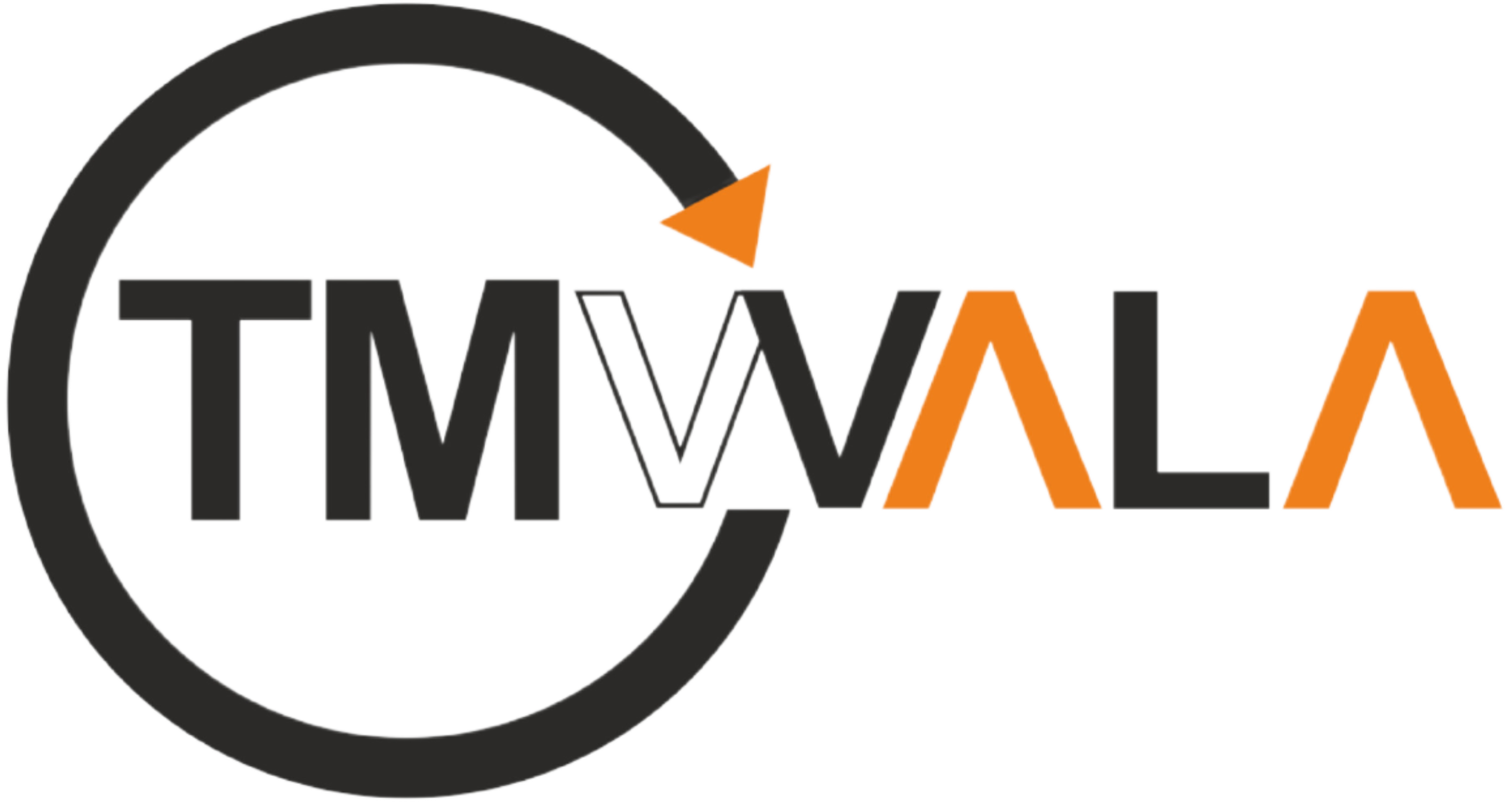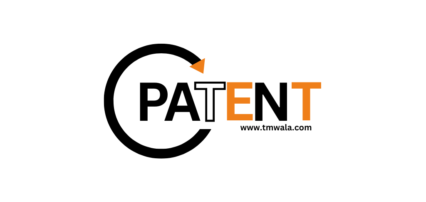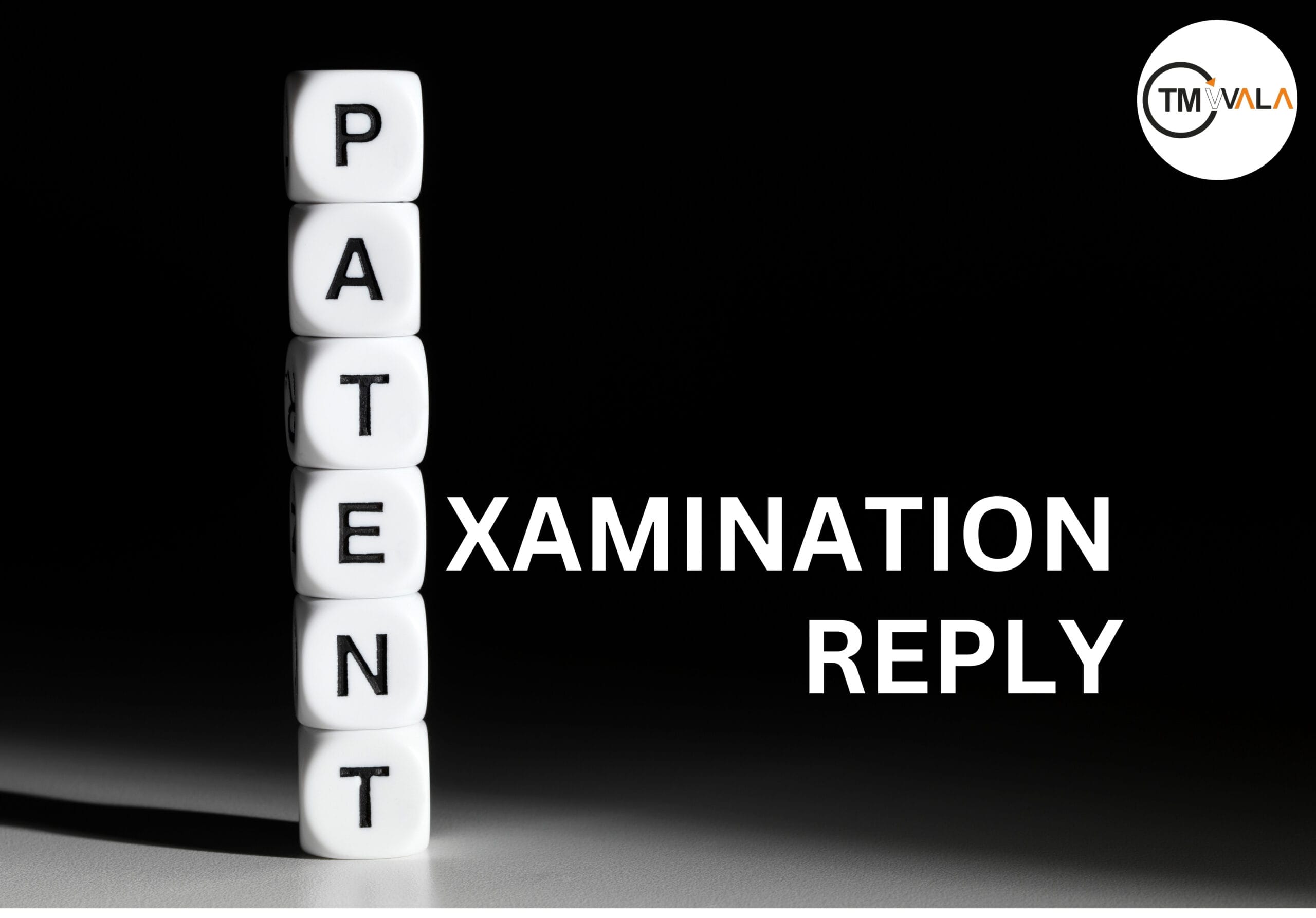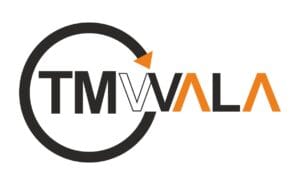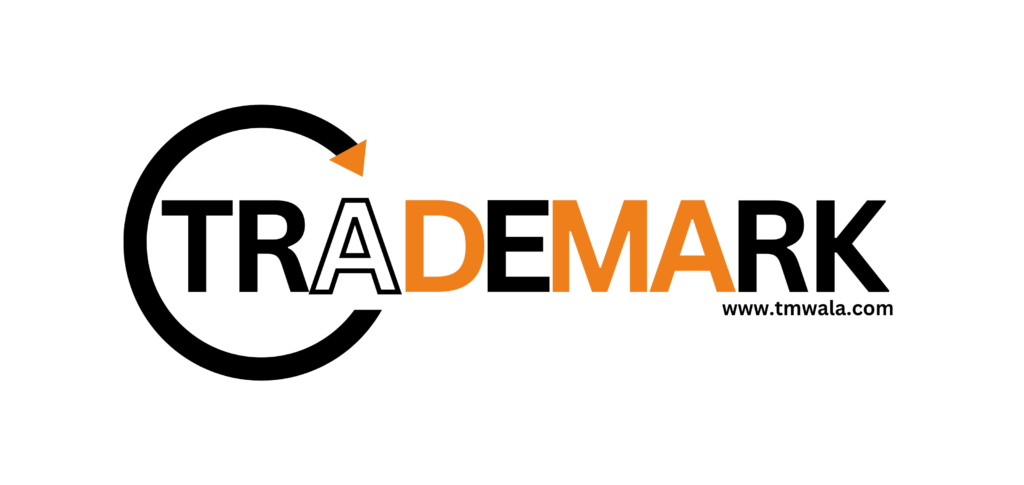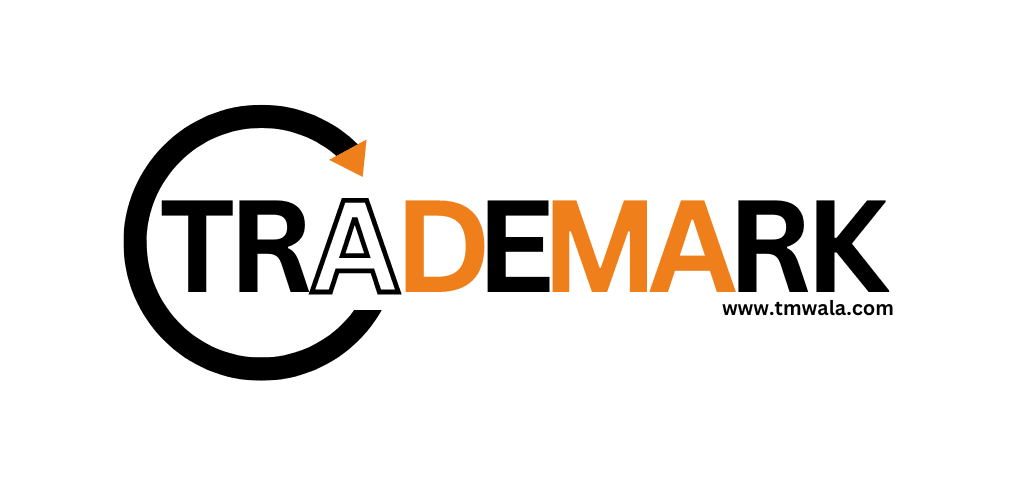Patent examination is a crucial step in the patent application process. After a patent application is filed, it undergoes a thorough examination to ensure that it meets all the legal requirements for patentability. During this process, the patent office may raise objections or requests for amendments. Responding effectively to these objections is essential for securing patent protection. This blog provides a comprehensive, legally sound, and easy-to-understand guide to patent examination and how to craft a successful objection reply.
What is Patent Examination?
Definition and Purpose Patent examination is the process by which a patent office assesses a patent application to determine whether it meets the necessary criteria for patentability. The primary goal is to ensure that the invention is new, inventive, and industrially applicable, and that the application complies with all formal requirements.
Key Phases of Patent Examination
- Formal Examination: This initial phase checks whether the application complies with formal requirements, such as proper documentation and payment of fees.
- Substantive Examination: This phase involves a detailed review of the invention’s novelty, inventive step, and industrial applicability. The examiner reviews prior art to ensure that the invention is not already disclosed or obvious.
Common Reasons for Objections During Patent Examination
During substantive examination, the patent office may raise several types of objections:
- Lack of Novelty: The examiner may object if the invention is not new. This means that the invention has been disclosed in prior art before the filing date. The examiner will compare the invention to existing patents, publications, and other sources.
- Lack of Inventive Step (Non-Obviousness): If the invention is deemed obvious to someone skilled in the field based on prior art, the examiner may object. The invention must involve an inventive step that is not immediately apparent.
- Insufficient Disclosure: The application must provide a detailed and clear description of the invention. If the examiner finds that the description is inadequate or lacks essential details, they may request additional information or clarification.
- Claims Deficiencies: Claims define the scope of the patent protection. Objections may arise if the claims are unclear, ambiguous, or do not adequately support the invention as described in the specification.
- Formal Issues: The examiner may also raise objections related to formal aspects of the application, such as incorrect formatting, missing information, or errors in the drawings.
Crafting a Response to Patent Examination Objections
Responding to objections effectively is key to advancing the patent application process. Here’s how to craft a comprehensive and convincing response:
- Understand the Objections: Carefully review the examiner’s objections to understand the specific issues raised. This involves analyzing the reasons for the objections and determining the best approach to address them.
- Gather Supporting Evidence: Collect any additional evidence or documentation needed to support your response. This might include technical data, expert opinions, or revised drawings. Providing clear and relevant evidence strengthens your case.
- Address Each Objection Individually: Respond to each objection raised by the examiner with a detailed explanation or amendment. Clearly outline how the invention meets the patentability criteria and how the objections have been addressed. Avoid vague or general responses.
- Revise Claims and Description: If the objections relate to the claims or the detailed description, consider revising them to address the issues raised. This might involve narrowing or amending claims, adding new claims, or clarifying the description.
- Provide Legal and Technical Arguments: Support your response with well-reasoned legal and technical arguments. Cite relevant legal precedents, prior art, or technical principles to justify why the objections should be overcome.
- Maintain Professional Tone: Ensure that your response is professional and respectful. Avoid confrontational language or defensive attitudes. A well-crafted, courteous response increases the likelihood of a favorable outcome.
- Meet Deadlines: Respond within the deadlines set by the patent office. Failure to respond on time may result in the abandonment of the application or further complications.
Example of a Response to Common Objections
Objection: Lack of Novelty Examiner’s Objection: “The claimed invention appears to be anticipated by prior art document X.”
Response: “We respectfully disagree with the examiner’s finding of lack of novelty. Our invention differs significantly from document X in that it includes a novel feature Y, which is not disclosed or suggested in the prior art. We have provided additional evidence (Exhibit A) demonstrating the unique aspects of feature Y, which were not anticipated by document X.”
Objection: Lack of Inventive Step Examiner’s Objection: “The invention appears obvious in light of prior art documents A and B.”
Response: “We acknowledge the prior art references but argue that the combination proposed by the examiner does not render our invention obvious. Specifically, the inventive step is demonstrated by feature Z, which provides unexpected benefits and results not suggested by documents A and B. We have provided experimental data (Exhibit B) supporting the technical advantages of feature Z.”
Possible Outcomes After Responding to Objections
After responding to objections, several outcomes are possible:
- Application Acceptance: If the examiner is satisfied with the response, they may accept the application, allowing it to proceed to the next stages, such as grant and publication.
- Further Objections: The examiner may raise additional objections or requests for clarification. In this case, further responses may be required to address the new issues.
- Application Refusal: If the objections are not adequately addressed, the patent application may be refused. However, there may be opportunities to appeal the decision or amend the application and refile.
Tips for Successful Patent Examination and Objection Reply
- Collaborate with Experts: Work closely with patent attorneys, technical experts, and inventors to ensure a thorough and effective response. Their expertise can help navigate complex issues and strengthen your arguments.
- Stay Informed: Keep up-to-date with patent laws, regulations, and practices. Understanding current trends and legal precedents can aid in crafting persuasive responses.
- Be Proactive: Address potential issues proactively. Conducting a pre-filing patent search and reviewing the application thoroughly can help identify and address potential objections before examination.
Conclusion
Patent examination is a critical stage in securing patent protection for an invention. Understanding the common objections and crafting a well-structured response is essential for overcoming challenges and advancing the application. By addressing objections thoughtfully, providing clear and relevant evidence, and collaborating with experts, you can navigate the patent examination process effectively and increase the chances of a successful patent grant.
Whether you are an individual inventor or part of a larger organization, mastering the art of patent examination and objection reply is crucial for protecting your intellectual property and achieving commercial success.
FAQs
1. What is patent examination?
Patent examination is the process where a patent office reviews a filed application to determine if it meets all legal requirements for patentability, including novelty, inventive step, and industrial applicability.
2. What are the main phases of patent examination?
The process typically involves:
- Formal examination (checking documentation, format, and fees)
- Substantive examination (assessing novelty, inventiveness, and applicability)
3. Why does the patent office raise objections?
Objections arise when an invention lacks novelty, is obvious (lacks inventive step), is insufficiently disclosed, has unclear or unsupported claims, or has formal/formatting errors.
4. What does “lack of novelty” mean?
It means the invention is not new—something identical or very similar has already been disclosed in prior art before your filing date.
5. What does “lack of inventive step” mean?
It means the invention would be obvious to a person skilled in the field based on existing prior art, even if it’s new.
6. How should I respond to patent office objections?
- Carefully analyze the examiner’s reasoning
- Address each objection specifically
- Provide technical evidence, legal arguments, and any required amendments
- Maintain a professional tone and submit the reply before the deadline
7. What kind of evidence can strengthen my response?
Evidence may include technical data, experimental results, revised drawings, expert opinions, or legal precedents supporting your position.
8. Can I amend my claims during examination?
Yes. You can amend or narrow your claims to address objections, as long as changes are supported by the original description.
9. What happens after I respond to objections?
The application may be accepted, receive further objections, or be refused. If refused, appeals or refilings may be possible.
10. Why should I work with a patent attorney during examination?
Patent attorneys combine technical and legal expertise to draft strong replies, anticipate examiner concerns, and improve the chances of securing patent protection.
